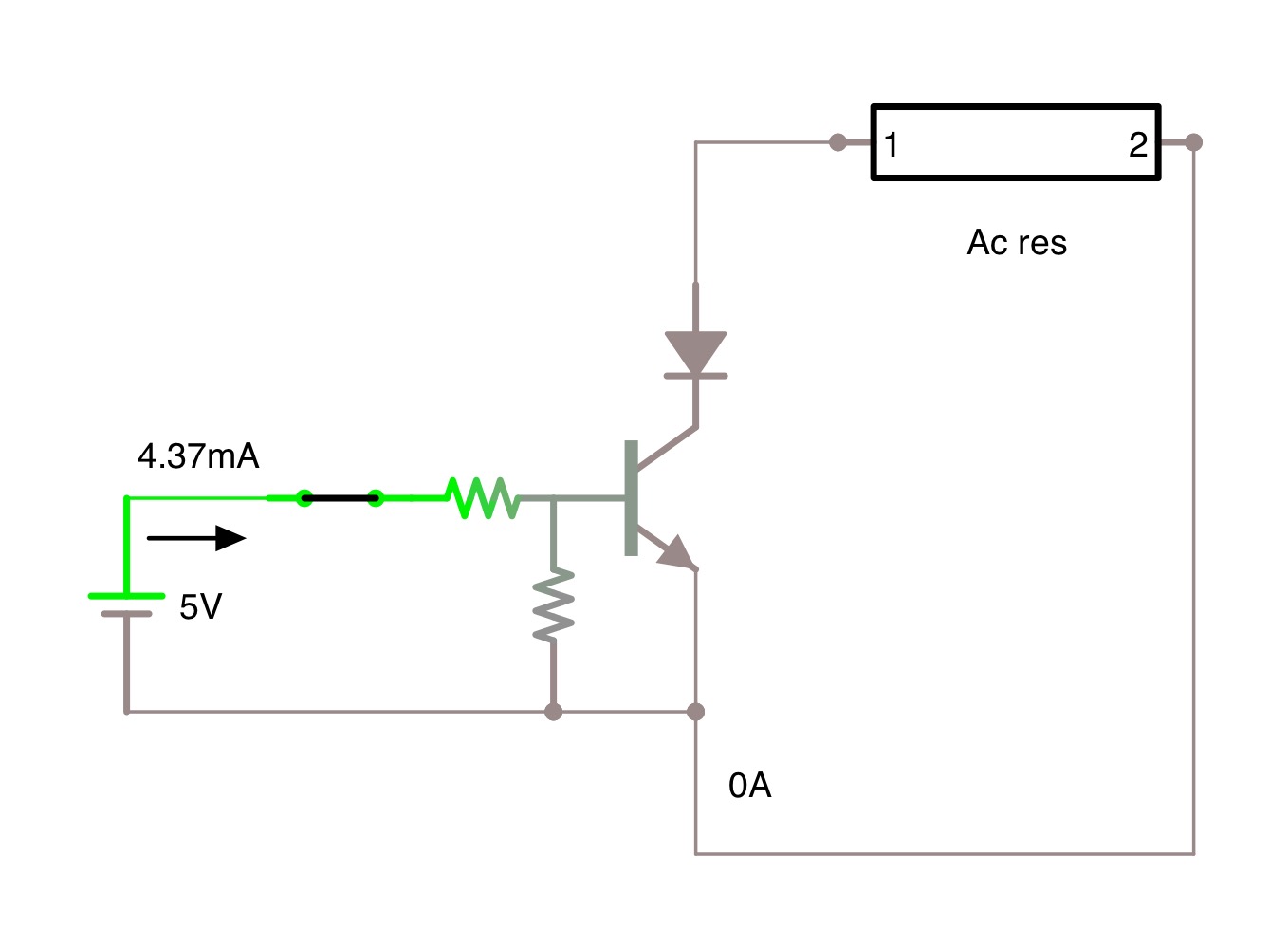I need to implement a diode, which only operates, when enabled by external signal. Specifications:
- When the enabling signal is off, there is no current irrespective of voltage (positive or negative, up to 40 V).
- Enabled signal is on, after which the diode behaves normally.
- I have searched a lot of alternatives: JFET, Mosfet, Bipolar transistor etc. but with no luck so far, except one having a two-way switch and diode in series (see attached picture). But I feel there must be simpler way.
 Perhaps JFET could be used with suitable biasing and somehow allowing negative voltages in drain? Or, perhaps bipolar transistor enables this by some special arrangement?
Perhaps JFET could be used with suitable biasing and somehow allowing negative voltages in drain? Or, perhaps bipolar transistor enables this by some special arrangement?


